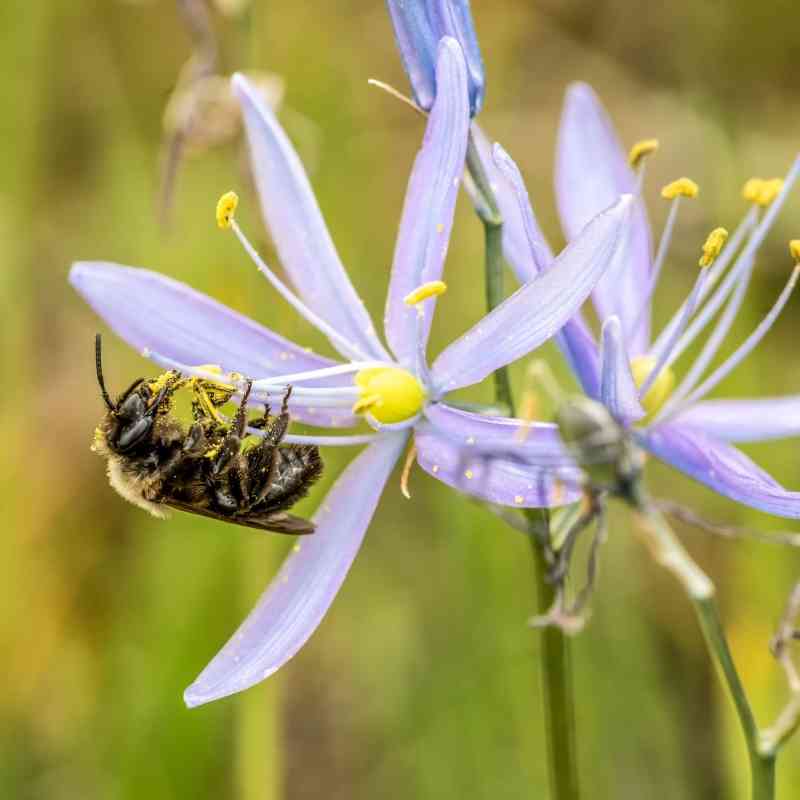Alejandra Goyenechea, International Counsel
Sharks are finally getting the attention they deserve. Six years ago (which means two Conferences ago), or even at the last CITES Conference of the Parties (CoP), CITES delegates did not even think that it was possible to include shark species in the CITES Appendices. These ancient marine predators have always been an especially heated topic in the world of wildlife trade, with such strong opposition to listing them that it has been nearly a decade since a shark species was included in a CITES Appendix. Until this year, the whale shark was the last species listed, back in 2003. Since then, millions of sharks have continued to be killed each year to meet the demands of the shark fin trade, which has little to no regulation.
Last week, a number of countries – including regions of Latin America, Europe, Africa and the U.S. – presented three shark proposals: Oceanic whitetip, hammerheads and porbeagle. All of these species have been heavily impacted by the shark fin trade. Populations of hammerhead sharks declined by 83 percent from 1981 to 2005 in the Northwest Atlantic, and similar declines are being seen in populations around the world. Porbeagles have also declined, thanks to unregulated longline fishing. Oceanic whitetips are exceptionally threatened by the fin trade, where the distinctive, easily-identifiable white-tipped fins of this species range can be worth up to $85 per kilogram.

Alejandra and others who worked to gather support for the shark proposals at CITES celebrate a long-awaited victory.
The discussions around these shark proposals took all day long. Many delegates and representatives testified (something called an “intervention” at CITES) in favor of the proposals, presenting compelling arguments and information on the impacts that international trade has on these sharks. Most of all, they addressed the arguments that led similar proposals to fail at the last CoP in 2010. At that time, the opposition – which included China (a major shark importer), Thailand, Cambodia, Japan and others – trotted out all kinds of misinformation to keep the proposals from passing. They even claimed that one can’t identify the species of shark from the fins alone, which would make it impossible to judge imports from the shark fin trade.
This year, we came prepared. Defenders and our partners created shark identification guides that clearly show how to identify species of sharks and their fins. We also spent a great deal of time and effort reaching out to a number of nations before the Conference to encourage them to support these proposals, including all the Latin American and West African countries, which turned out to be crucial in getting enough votes. This time we finally saw some real progress for sharks. With an historic two-thirds vote in favor, all three proposals were approved! Oceanic whitetip, porbeagle sharks and three species of hammerheads will be listed in Appendix II of CITES, finally setting strict regulations to protect these species from the demands of the trade.
The same day also saw a similar victory for two species of mantas. Both are found only in fragmented populations across the tropics, but their tendency to gather in large numbers makes them exceptionally easy targets for fishermen – and especially vulnerable to overfishing. People catch mantas for their gill plates, also called “gill rakers,” which are used for medicinal purposes in East Asia. Places like Indonesia and Mozambique have seen their manta populations decline more than 80 percent in some places over the past eight years. Installing regulations on this trade, which kills thousands of mantas every year, is a great step toward ensuring a future for these two species. The proposal to list mantas passed the same day as the shark proposals, with even more votes than the sharks making it a great day for marine animals.
Unfortunately, freshwater rays did not fare as well. We worked hard to get support for a proposal to list three species of freshwater rays from South America in the CITES Appendix to better regulate the international trade of these animals, which are mainly imported for the pet trade in the US, Thailand, China, Europe and others. Sadly, the proposal did not get the support it needed to pass, mostly due to Europe’s negative vote and heavy opposition from pet trade organizations.
Author

Alejandra Goyenechea
comments




